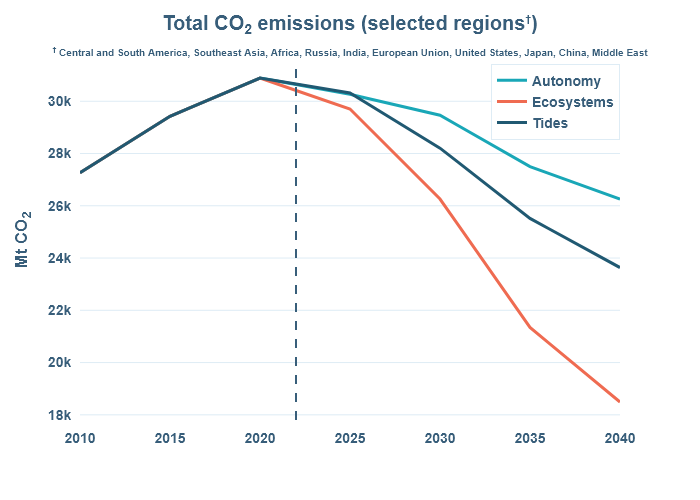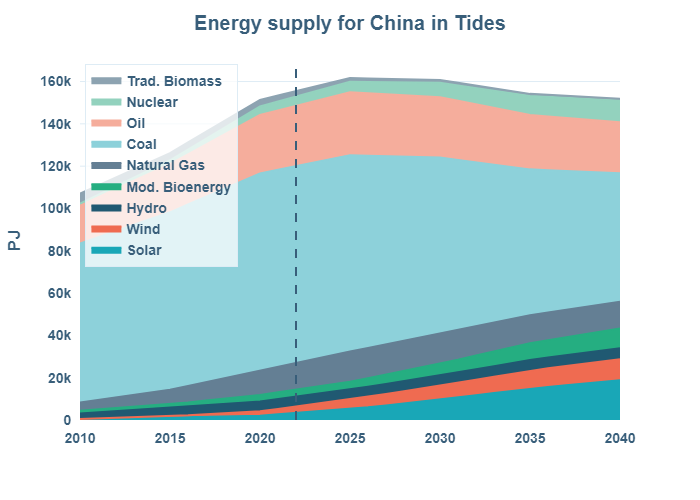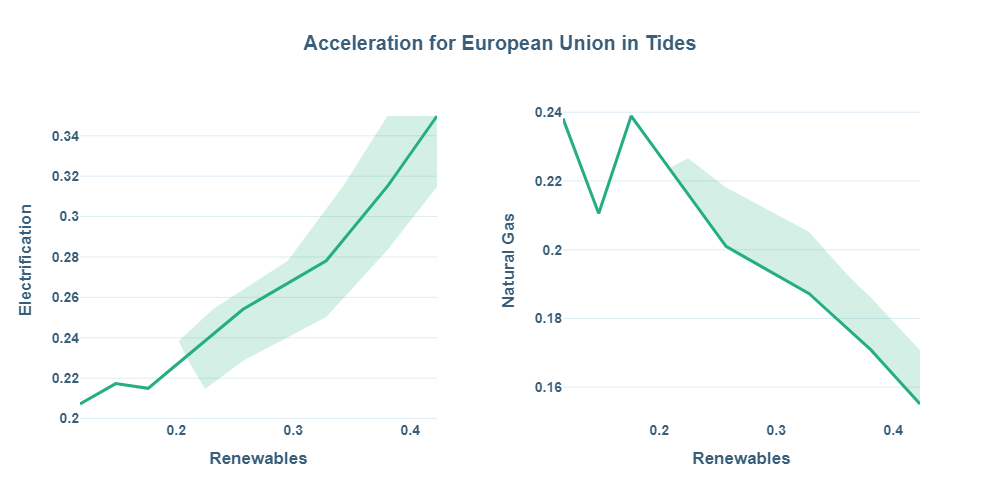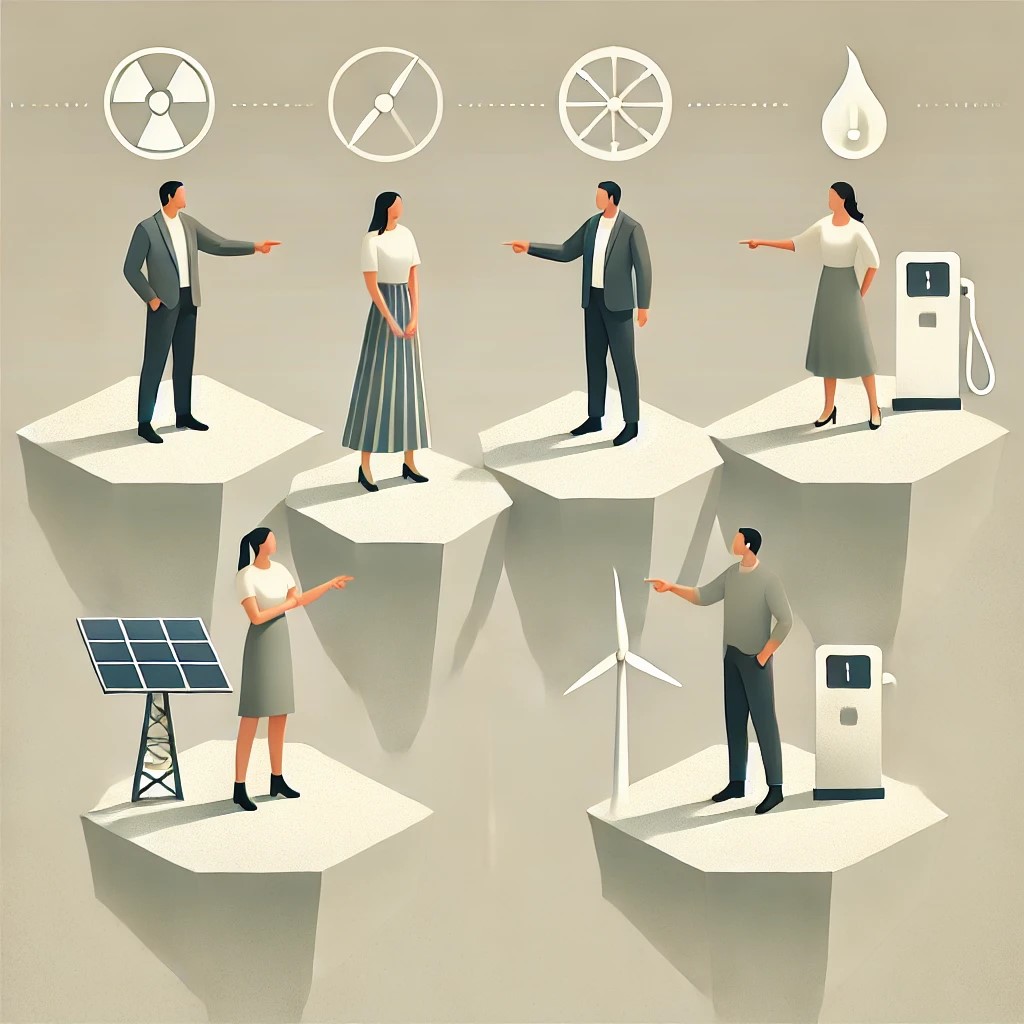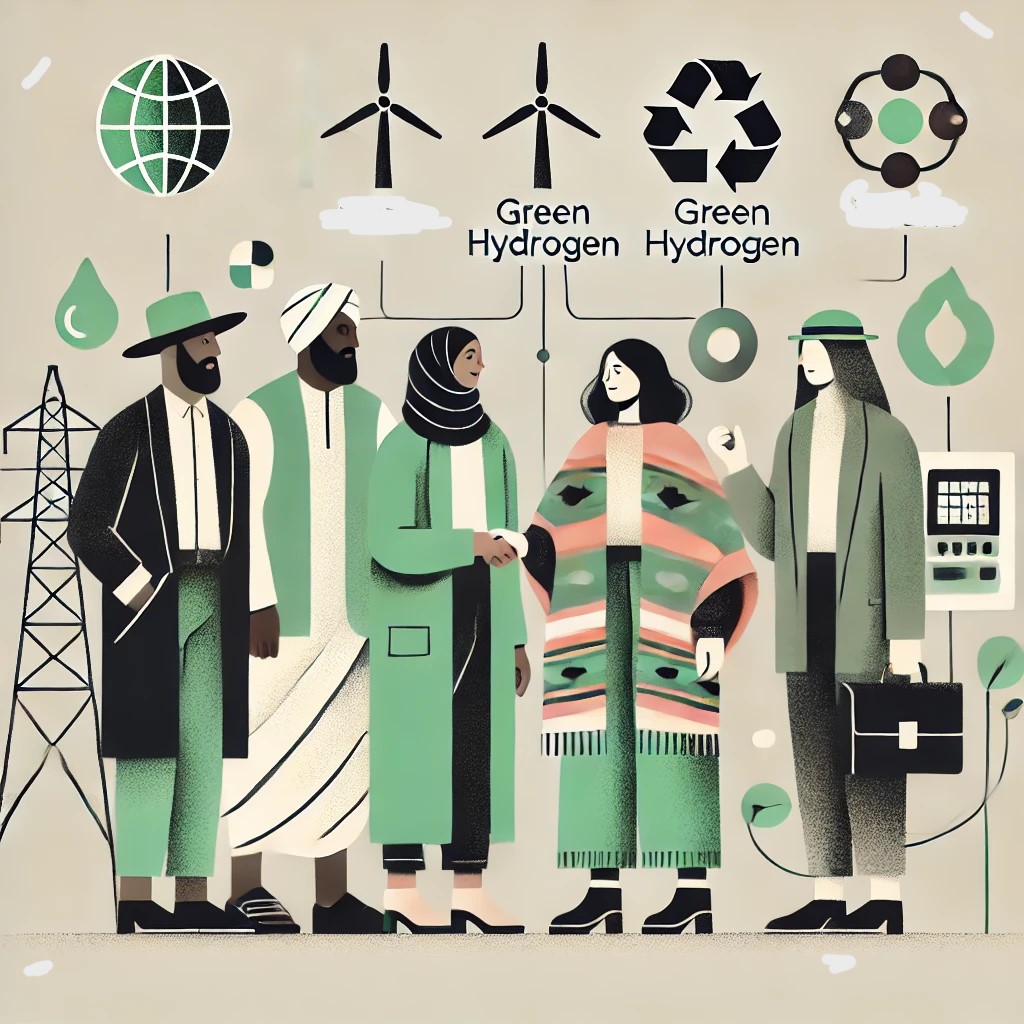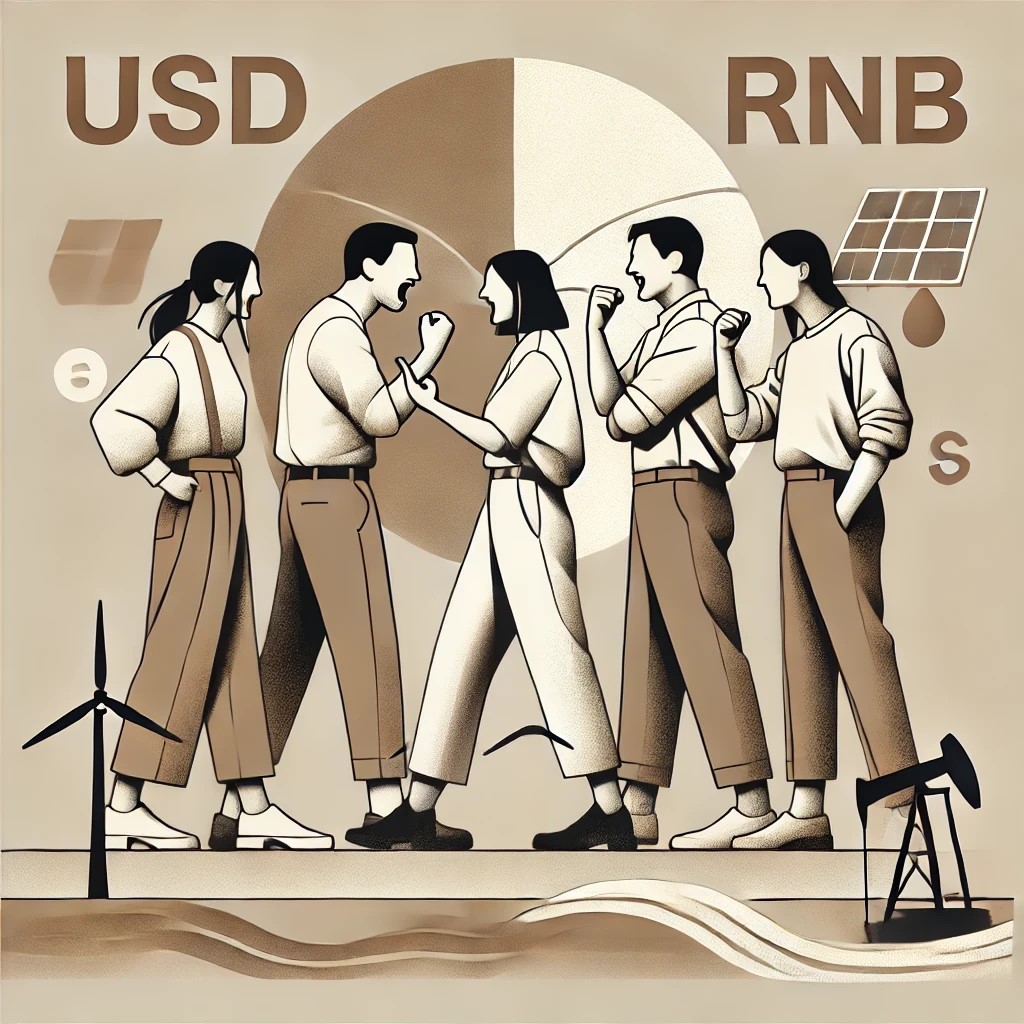
The Cháoxī (潮汐)/Prilivy (приливы )/Tides: This scenario describes a return to a more bi-polar world separated into large US-led and China-led blocks but with a large group of non-aligned emerging economies that draw profit from playing the blocs against each other. The balance between the two blocks ensures coexistence is possible but limits the space for big global initiatives. Demand for energy continues to boom, and it proves hard to shift out of fossil fuel dependence, so the solutions sought in many regions are giant…
The Cháoxī (潮汐)/Prilivy (приливы )/Tides: This scenario describes a return to a more bi-polar world separated into large US-led and China-led blocks but with a large group of non-aligned emerging economies that draw profit from playing the blocs against each other. The balance between the two blocks ensures coexistence is possible but limits the space for big global initiatives. Demand for energy continues to boom, and it proves hard to shift out of fossil fuel dependence, so the solutions sought in many regions are giant sequestration and adaptation efforts that do not tackle the source of the Carbon emission challenge.
The socio-political transition: Competition between the two main blocks with non-aligned countries benefiting as intermediaries results in strong competition, short-termism and more of the known market driven solutions. A strong focus on GDP, fear of deindustrialisation and loss of jobs mean true reform is impossible and existing market designs largely remain locked in.
The techno-economic transition: The economic paradigm has barely changed. GDP is still king. And given that change is costly, and causes stranded assets, lock-in to existing fossil fuel solutions is more widespread than once thought. End-of-pipe solutions such as CCS are common. Those places - notably the European Union - that do still try to reduce the causes rather than the impacts, are forced to slow down their efforts, as they risk deindustrialisation if they force the pace.
The physical transition: There is no doubt that climate change and biodiversity loss is continuing, but its manifestations, even repeated events, are often forgotten as humans adapt - like the frog in a pot of slowly warmed water, there is little reaction even as boiling point approaches. Indeed, the use of AI to anticipate such events reduces their perceived impact and a few ultra-rich individuals are toying with geo-engineering solutions to "save the world". At the same tie both also result in additional energy demand.



- A large group of emerging economies are largely successful at remaining independent of the two large blocks (US or China). This allows them to act as an intermediary between these blocks which increases their rôle both diplomatically as well as in terms of economic activities.
- Industrial competitiveness concerns and citizen protests against the cost of change ensure that many parts of Africa, Latin America, Asia and Europe remain locked into fossil fuel consumption. Despite the decreasing cost of renewable energy, the cost of energy storage remains high, and especially up-front cost of investing in entirely new energy systems is prohibitive for many.
- Fossil fuel producers such as those in the Middle East and North America maximise their rents, but also push their downstream industries (such as synthetic chemicals) that use fossil fuels as feedstocks, seeing as they have a substantial competitive advantage, and can thus become essential links in global supply chains.
Involving a group based in multiple geographies, we have gathered a number of releavant information sources, be these reports, articles, or workshop outputs. Just a handful of articles are listed below. As the website has to be "finished" at a particular point in time, the articles may appear old. But do not fear, in the actual tool we are using, there are regular updates of new articles.

We have identified three distinct scenarios, each of which represent how the world may look in 2040.
